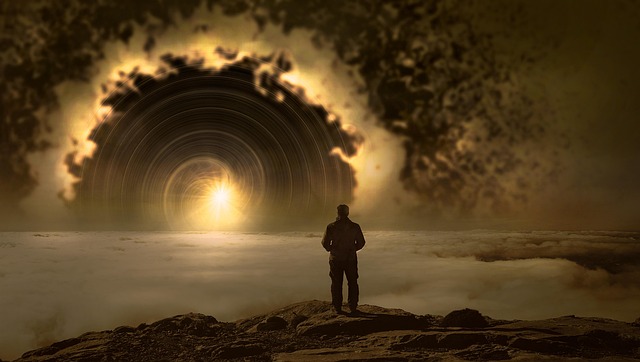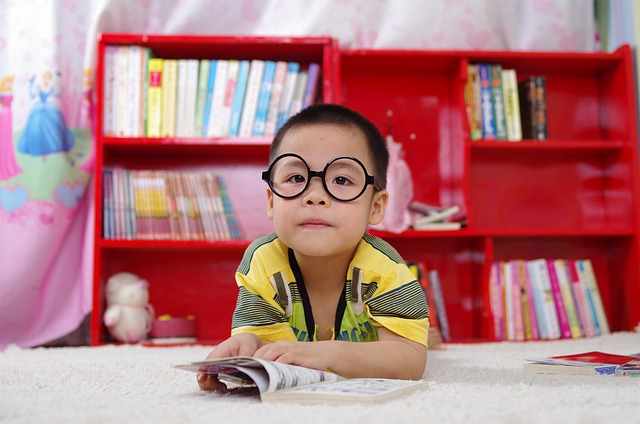Color is one of the most powerful tools in the realm of fine arts and culture. It has the remarkable ability to evoke emotion, convey messages, and capture the essence of experiences. The effect of color goes beyond mere visual pleasure; it taps into the psychological and cultural narratives that define our understanding of art.
In the world of painting, artists often rely on color to communicate their intentions. For example, the use of warm hues like reds and oranges can evoke feelings of warmth and passion, while cooler shades such as blues and greens may inspire tranquility or sadness. Renowned painters such as Vincent van Gogh and Pablo Picasso understood the profound effect of color in their works, employing it to illustrate their emotional states and the environment around them. Van Gogh’s iconic starry night radiates energy through vibrant yellows and deep blues, prompting viewers to not just see the night sky, but to feel the turbulence and beauty of his swirling emotions.
Moreover, the cultural significance of colors can vary significantly across different societies. In some cultures, white symbolizes purity and peace, while in others, it may represent mourning. The effect of these cultural interpretations on artists and viewers alike can be profound. For instance, when creating a piece for a particular audience or community, an artist might consider the cultural connotations attached to certain colors to ensure their message is received in the intended way.
Fine arts often serve as a mirror reflecting societal values, with color playing a pivotal role. Art movements, such as Impressionism, Black Arts Movement, and Abstract Expressionism, all utilized color to challenge conventions and provoke thought. For instance, Abstract Expressionists like Mark Rothko used blocks of color to instigate feelings of contemplation, emphasizing the emotional experience of art over realistic representation. The effect is not just in the pigments on the canvas; it’s in the dialogue they create with the observer.
The growing study of color theory has also shed light on the psychological effects of different colors in artistic expression. The emotional impact of colors influences not just artists, but also curators, interior designers, and the general public. As appreciation for fine arts expands, understanding the interplay between color and emotion becomes imperative in enhancing viewer experience. Whether it’s a gallery exhibition or a street mural, color transforms spaces and shapes our interactions with art.
In summary, exploring the effects of hues in fine arts and culture reveals a complex relationship between color, emotion, and context. The vibrancy or subtlety of a color can evoke joy, anger, nostalgia, or serenity, creating a dialogue between the artist and the observer that transcends language. As we delve deeper into the world of painting, let us remain aware of the profound impact colors have on our experiences, memories, and understanding of the world around us.




